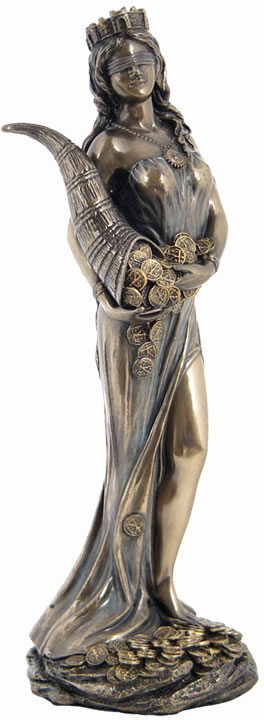(I could not get the font to go larger, sorry about that)

Vesta
Feast of Vesta (Rome)
Themes: Home; Love; Fertility; Peace
Symbols: Fire; Donkey; Veils
About Vesta: In Roman mythology, Vesta was part of every fire. As such, Vesta commands the sacred fires of the hearth, the heart of spiritual and emotional stability in your home. Today was one other festival days, Christianized as the Feast of the Ass, which is a sacred animal to her. Traditional offerings for Vesta include homemade bread and salt cakes.
In works of art, Vesta was never shown directly but always depicted her in veils, possibly to honor her importance in Roman society. The vestal priestess was one of the few people considered suited to negotiating peace during war threats.
To Do Today: The first month of the year is a good time to think about the spiritual warmth in your living space. Ask Vesta to kindle those fires anew. Do this by lighting any fire source you have handy-a match, a candle, the oven, a pilot light-or, alternatively, just turn on a light as a symbolic fire. Be sure to keep this lit all day. When a fire goes out on Vesta’s day, it’s considered a bad omen, indicative of love being lost. To encourage peace on any battleground you’re facing this year, light a white candle (the color of truce) and put it in a window to invite Vesta’s presence (being sure it’s safe to do so, of course). Then take a piece of bread outside, breaking it into small bits so the birds can carry your wish of harmony across the earth.
By Patricia Telesco

















You must be logged in to post a comment.